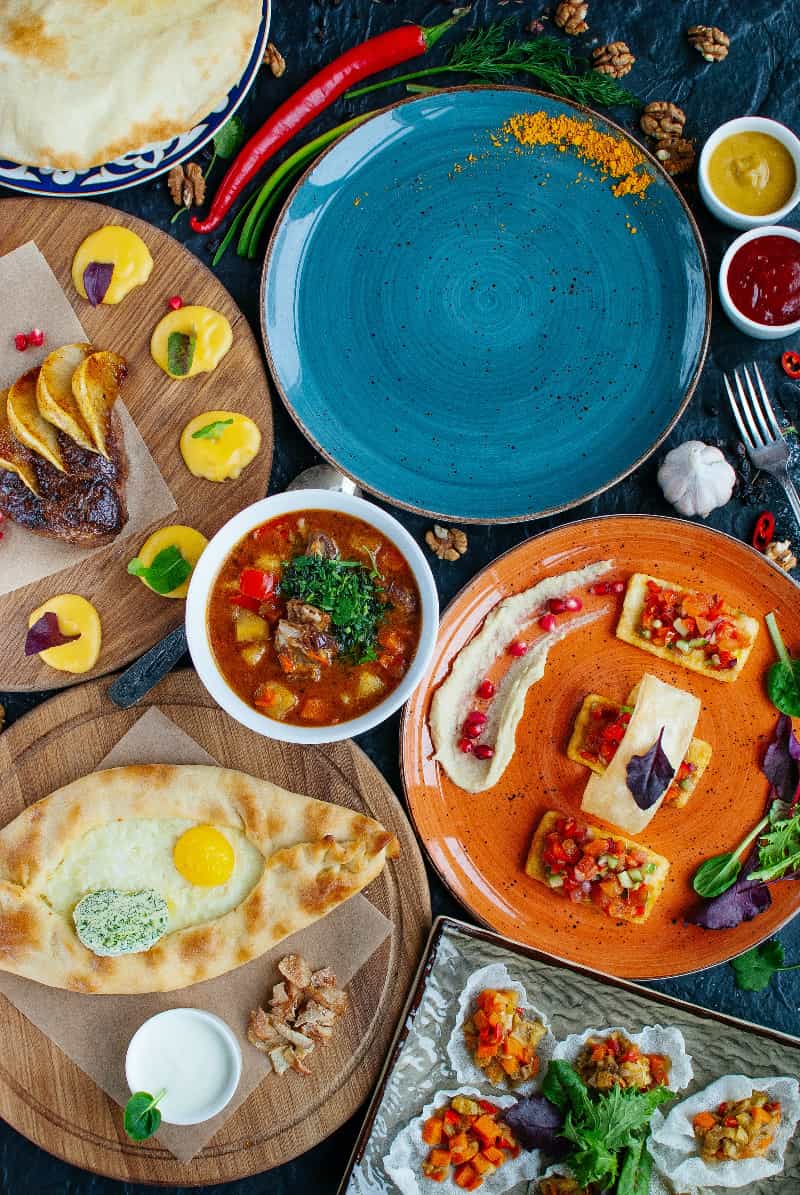The Traditional Mexican Cuisine of the State of Michoacan
The state of Michoacán is identified by its cuisine, by its ethnic flavors mixed with other cultures. Visitors will find places and dishes for all tastes: regional, traditional, Mexican, and international.

Traditional Mexican cuisine is a World Heritage Site thanks to the testimony of the Purépecha traditional cooks, who have kept the gastronomic heritage alive. The best restaurants also honor their roots in the culinary vanguard, with products from the land and sea of Michoacan. Throughout the state of Michoacán, expert, traditional and innovative hands offer knowledge and flavor to the traveler.
Michoacán is identified by its cuisine, by its ethnic flavors mixed with other cultures. Here there are places and dishes for all tastes: regional, traditional, Mexican, and international. The geographical diversity of the state has resulted in a wide culinary range of extraordinary variety.




